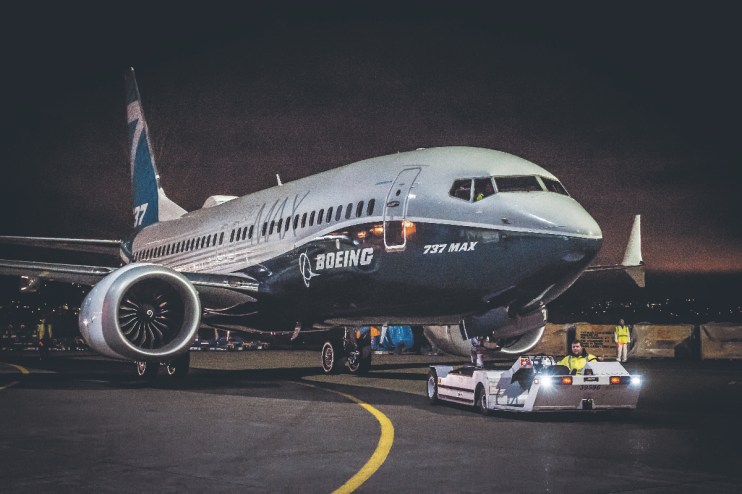Boeing supplier Spirit Aerosystems sees losses more than double amid 737 quality inspections

Spirit Aerosystems saw first-quarter losses more than double amid ongoing quality audits and schedule changes at Boeing after January’s blowout incident.
Spirit, which built the door that dramatically fell off an Alaska Airlines plane mid-flight, said net losses had widened from $281m to $617m. Losses per share rose 98 per cent from $2.68p to $5.31p.
It came despite net revenue rising 19 per cent to $1.7bn on higher production activity across its commercial programs and higher defence and space revenues. Cash burn though jumped from $69m to $444m.
“Events in the first quarter of 2024 have resulted in significant reductions in projected revenue and cash flows this year,” the company said in a statement.
“These recent events include the production and delivery process changes implemented by Boeing and lower than planned 737 production rates following the in-flight Alaska Airlines incident.” It also flagged an “inability to reach a conclusion” on pricing negotiations over a potential takeover by Airbus.
Alongside the crisis-hit US planemaker, Spirit has been under investigation by the US Federal Aviation Administration (FAA) since January. It was revealed on Monday that the FAA had launched a new inquiry into Boeing surrounding sub-par inspections of its 787 Dreamliner planes.
Spirit, which has its headquarters in Kansas, Wichita, refused to provide onward-looking guidance until there was further clarity on Boeing 737 Max delivery and production timing.
It said its current Boeing 737 production rate is approximately 31 aircraft per month and anticipates it will remain at that level through the end of this year.
Pat Shanahan, chief executive officer of Spirit, said: “The first quarter was characterized by several events, one of great significance was the partnership with Boeing to make improvements to the safety and quality of our production systems.”
“We collaborated with Boeing to align 737 fuselage product inspection as close as possible to where the work is performed at our factories in Wichita. This is a significant accomplishment that we believe will enhance quality, eliminate rework, and benefit the entire production system between our companies.”